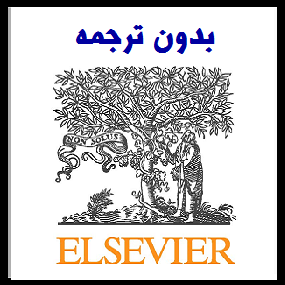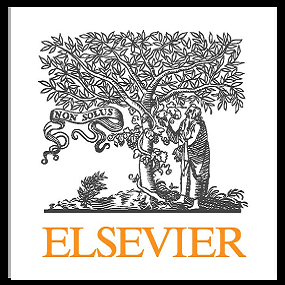مقاله انگلیسی توصیف تاثیر توپولوژی در پردازش جریان اینترنت اشیا (2018 آی تریپل ای)


| عنوان فارسی مقاله | توصیف تاثیر توپولوژی در پردازش جریان اینترنت اشیا |
| عنوان انگلیسی مقاله | Characterizing the impact of topology on IoT stream processing |
| نمونه مقاله انگلیسی | INTRODUCTION
Internet of Things (IoT) systems consist of multiple compute platforms, notably edge devices and servers. Within IoT systems, most of the focus has been on the development and integration of novel new edge devices. For example, the recent proliferation of wearable devices designed to monitor personal health has increased significantly in recent years yielding unprecedented awareness of fitness. Similarly, new smart buildings are integrating new sensors with building control systems to improve energy efficiency, occupant comfort, and safety [1], [2]. The raw data obtained using IoT devices provides tremendous operational insight, which is driving the deployment of additional IoT devices. For deployed IoT devices, once sensor values are read the data generated is transmitted across the network and stored on server platforms for later analysis [3]. Once stored, this data is then analyzed, leveraging recent advances in machine learning. To date, most of these IoT analytics have been performed offline, using batch-oriented techniques. However, as IoT analytics transition to online, real-time pipelines that immediately translate raw data into actionable information, earlier approaches to manage streaming data becomes challenging. Additionally, as the number of deployed IoT devices increases, how IoT data is routed and processed must be handled judiciously to prevent overloading and ensure scalability. The server entry point for IoT data generated by edge devices are often message queues. Effectively managing these ingress queues is key to efficiently route streaming data to analytical pipelines while maximizing scalability. One common approach is to use message brokers, such as MQTT or Apache Kafka to establish a single ingress queue. This simplifies the configuration of IoT devices because all data can be sent to the same destination message queue. However, as an IoT deployment scales from a few edge devices to thousands, this single message queue will quickly become a bottleneck. The additional latency caused by using a single queue will then have a ripple effect impacting all downstream analytical processing pipelines. In the extreme this additional latency can cause poor predictions and analysis. In this paper, we describe and characterize the impact of alternative IoT data processing topologies in the context of real-time machine processing pipelines. Our goal is twofold. First, we identify and compare the performance impact of using different topologies that leverage different levels of queue-level parallelism for server-side processing of IoT data. Second, we identify patterns using real deployment data (e.g. smart buildings) that can be generalized for diverse IoT deployments. We leverage the complete realtime streaming platform that we developed in previous work [4] and extend this system to use alternative topologies that increase queue parallelism. We use real building sensor data collected by the facilities department at the University of Washington for a LEED certified building that was recently renovated. These data streams, sourced from multiple installed sensors are then routed through our real-time streaming system to our analytical pipelines to gain insights into room occupancy within that building. We then analyze the performance impact of several alternative topologies. |
| سال انتشار | 2018 |
| ناشر | آی تریپل ای – IEEE |
| مجله | چهارمین انجمن جهانی در اینترنت اشیا – ۴th World Forum on Internet of Things |
| کلمات کلیدی | اینترنت اشیا، سرور، توپولوژی، سنسورها، یادگیری ماشین |
| کلمات کلیدی انگلیسی |
-IoT, Server, Topology, Sensors, Machine Learning |
| صفحات مقاله انگلیسی | 6 |
| مناسب برای رشته | مهندسی فناوری اطلاعات، کامپیوتر |
| مناسب برای گرایش | اینترنت و شبکه های گسترده، شبکه های کامپیوتری، هوش مصنوعی |
| توضحیات | این مقاله انگلیسی جدید بوده و تا کنون ترجمه نشده است. جهت ثبت سفارش ترجمه از لینکهای زیر استفاده نمایید. |
| دانلود مقاله انگلیسی | ○ دانلود رایگان مقاله انگلیسی با فرمت pdf (کلیک کنید) |
| سفارش ترجمه فارسی | ○ سفارش انجام ترجمه و تایپ این مقاله (کلیک کنید) |
| سایر مقالات این رشته | ○ مشاهده سایر مقالات رشته مهندسی فناوری اطلاعات (کلیک کنید) |



